Explanation
This area is famous as it is on the very tip of the Korean peninsula, located in Galdu-ri of Songji-myeon. This is where Baekdusan Mountain ends reaching the tip of the peninsula. Many people visit the area so they can say they’ve stepped on the end of the land and it has long become a prime destination in Haenam.
At the summit of Sajabong peak there is an observatory that stands 38m high. From the observatory you can get a full viewing of the Dalmasan Mountain in the north while in the east, fishing vessels can be seen skirting deftly on the surface of the sea. Atop the summit of Sajabong peak, there is a restored old beacon (Bonghwadae) which in the past was strategically located to warn of approaching Japanese ships. In the village proper, the area known as Ttangkkeut Village, special events take place to celebrate the end of year and the first day of the New Year, which also draws many tourists to the area from all over the country.
Inquiry
+82-61-530-5544
Homepage
tour.haenam.go.kr (Korean only)
Information Use
Contact and Information : • 1330 Travel Hotline: +82-2-1330
(Korean, English, Japanese, Chinese)
• For more info: +82-61-530-5544
Parking facilities : Available (use the parking lots at Ttangkkeut Village Community center and Ttangkkeut Monorail)
Day off : N/A (Open all year round)
More information
Restrooms
Available
Facility Utilization Fees
[Observatory (09:00-18:00)]
Adults: Individual 1,000 won / Group 700 won
Teenagers: Individual 700 won / Group 500 won
Children (ages 7-12) Individual 500 won / Group 300 won
* Group: 20 people or more
* Free admission: Senior citizens (ages 65 and older) and preschoolers (ages 6 and younger)
[Ttangkkeut Monorail]
* One-way tickets
Adults 3,500 won / Teenagers 3,000 won / Children (ages 3 and up) 2,000 won
* Round-trip tickets
Adults 5,000 won / Teenagers 4,000 won / Children (ages 3 and up) 3,000 won
* Round-trip tickets for groups (30 people or more)
Adults 4,500 won / Teenagers 3,500 won / Children (ages 3 and up) 2,500 won
* Separate admission for Ttangkkeut Monorail and Ttangkkeut Observatory
Parking Fees
Free
Available Facilities
Ttangkkeut Monorail, Ttangkkeut observatory, Ttangkkeut Sculpture Park, Ttangkkeut Auto Camping Resort, etc.
Korean Info. Service
Cultural Tourism Interpreter guide available at tourism information center
* Inquiry: +82-61-532-3833
Reservation Info. for Foreigners
Phone-reservation available
* Inquiry: +82-61-530-5917
Interpretation Services Offered
Cultural Tourism Interpreter guide available upon request
* Inquiry: +82-61-530-5917
Reservation Info. for Natives
Phone-reservation available
* Inquiry: +82-61-530-5917
Location
42, Ttangkkeunmaeul-gil, Haenam-gun, Jeollanam-do
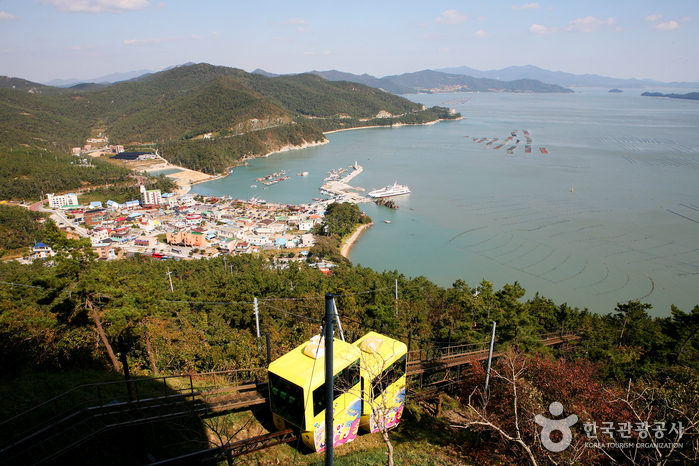
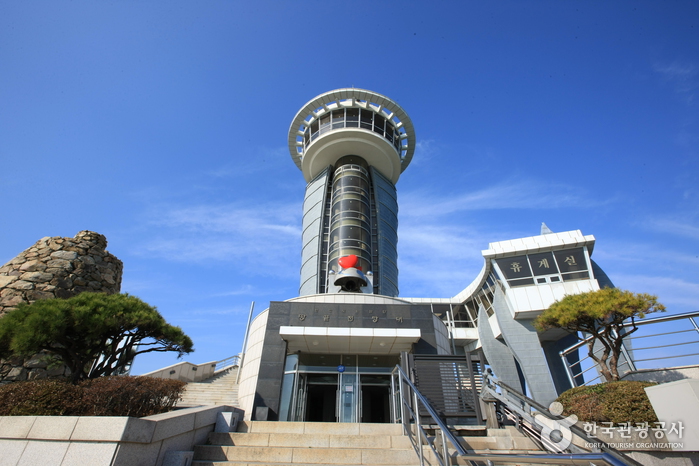
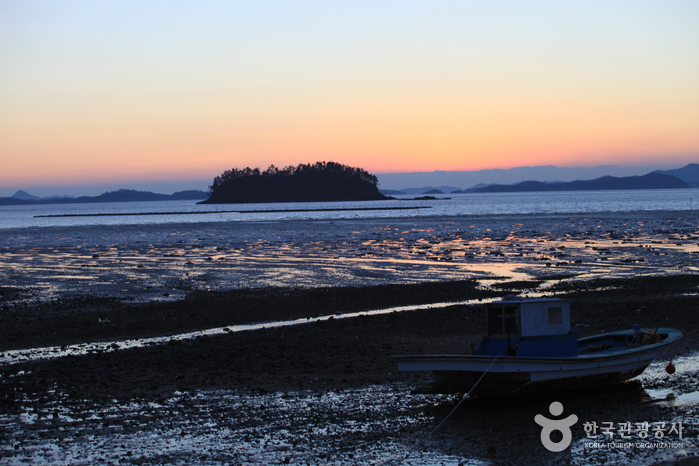
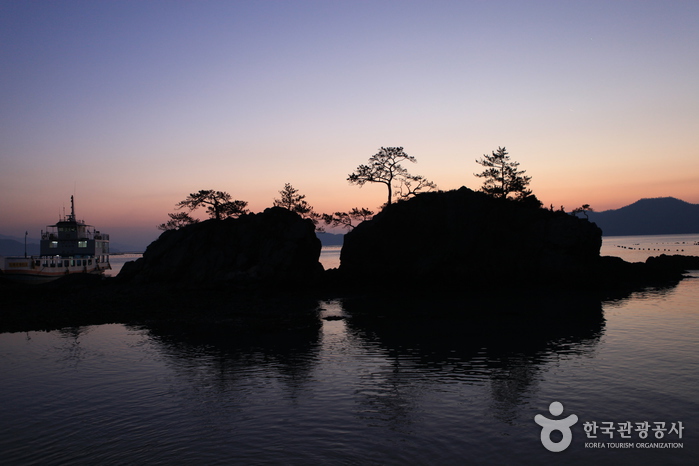
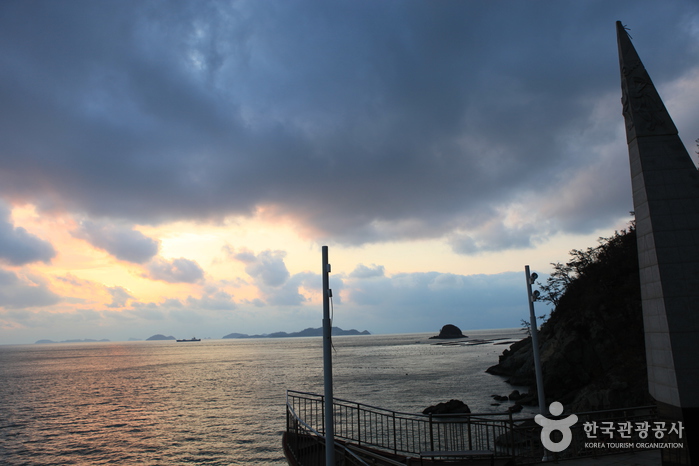
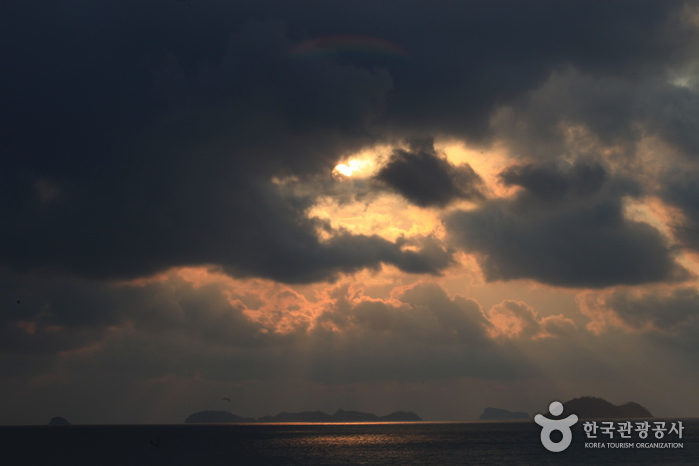
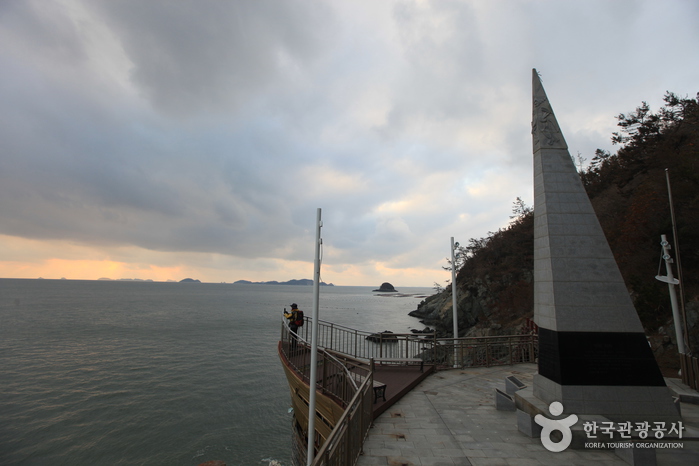
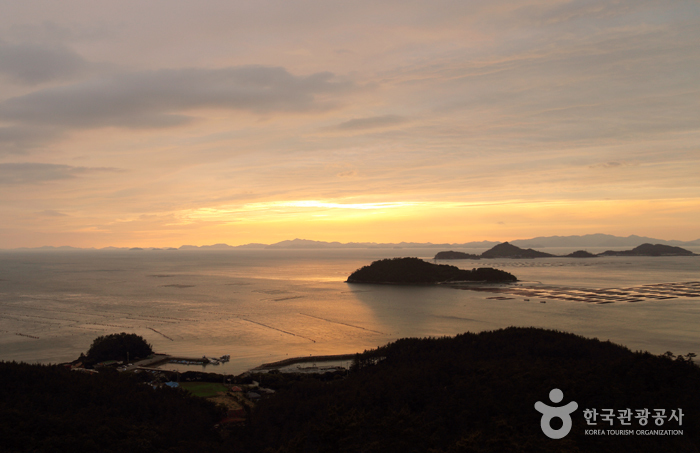
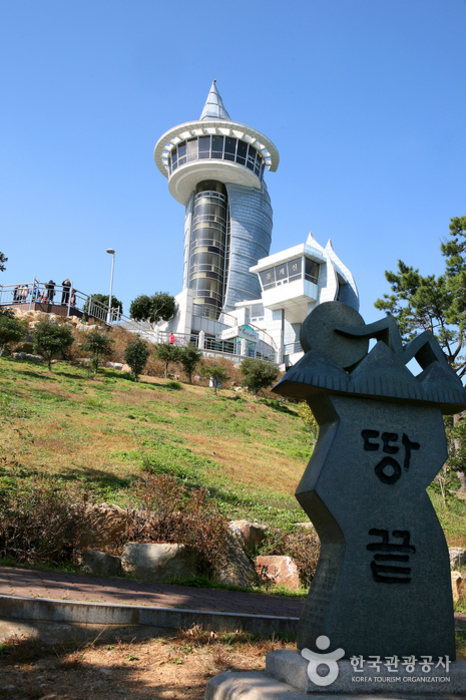
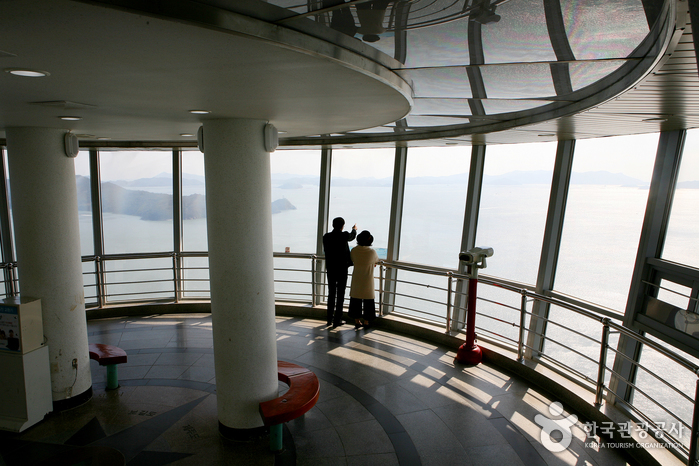
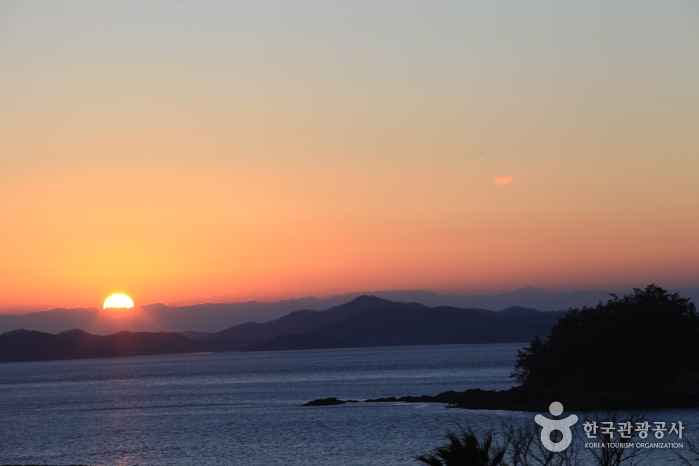
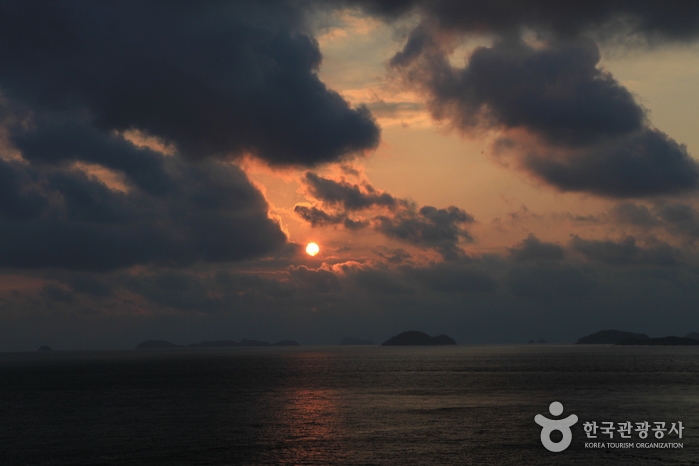
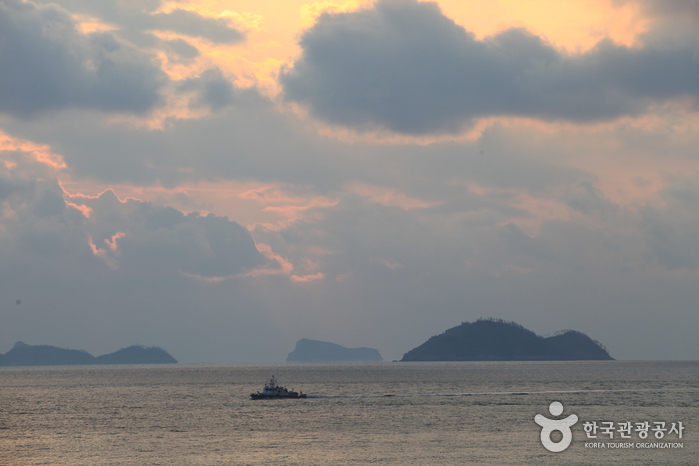
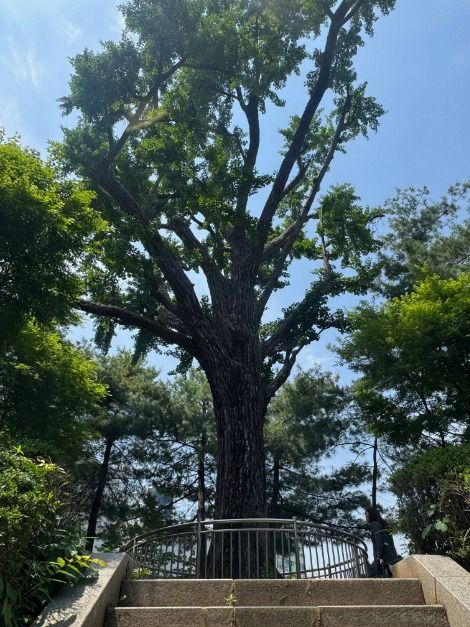
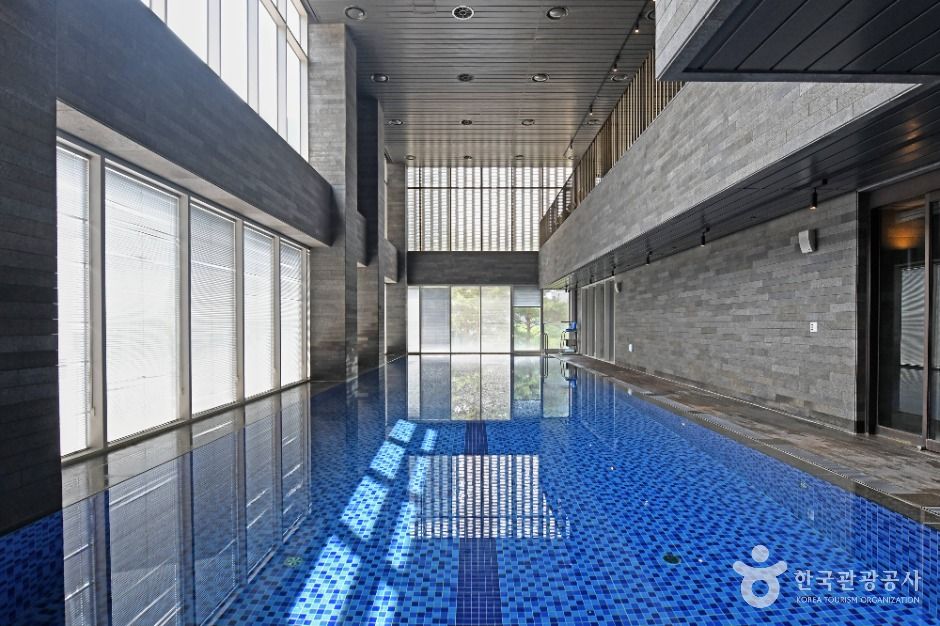
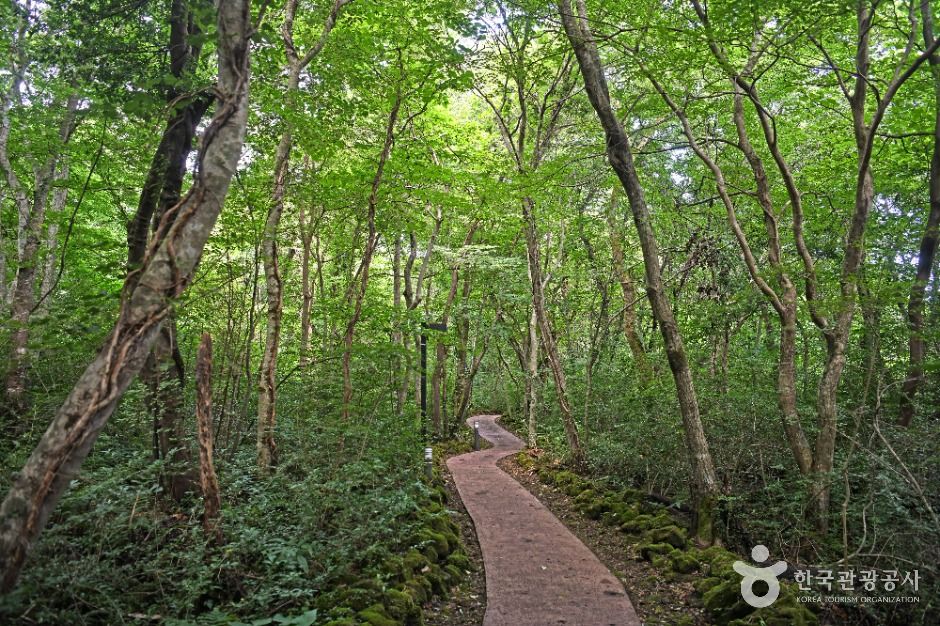
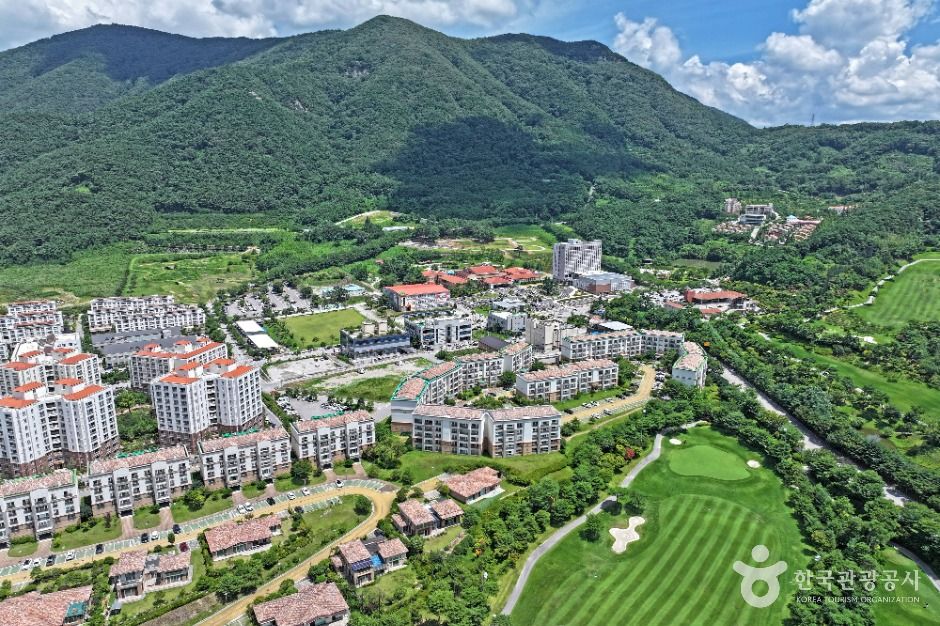
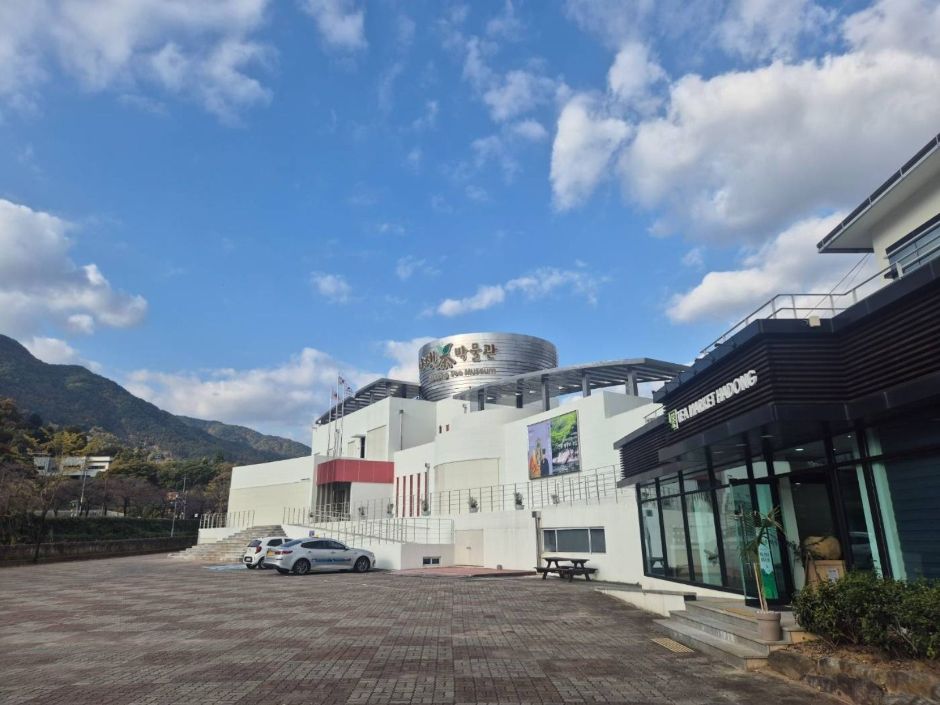
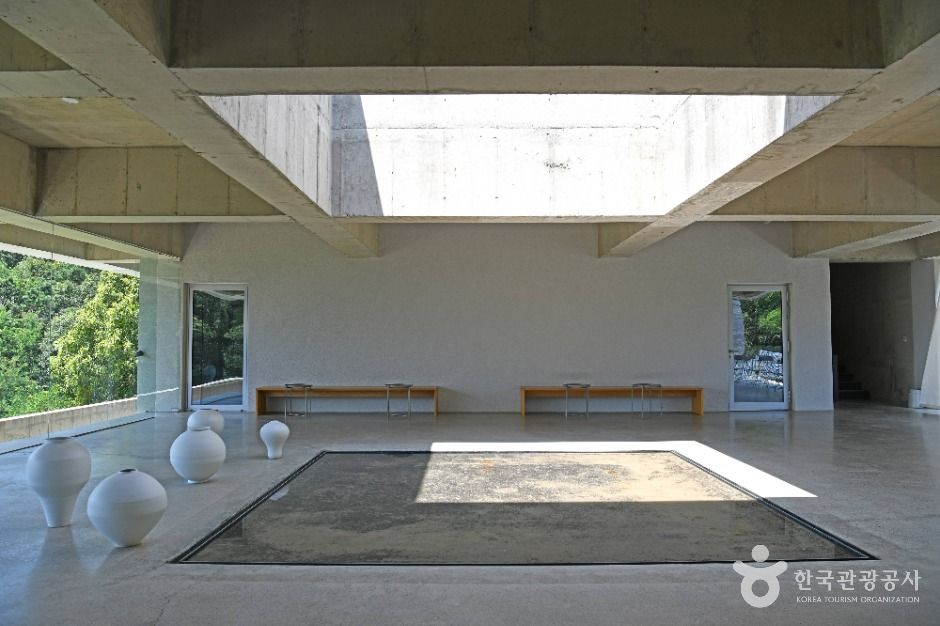
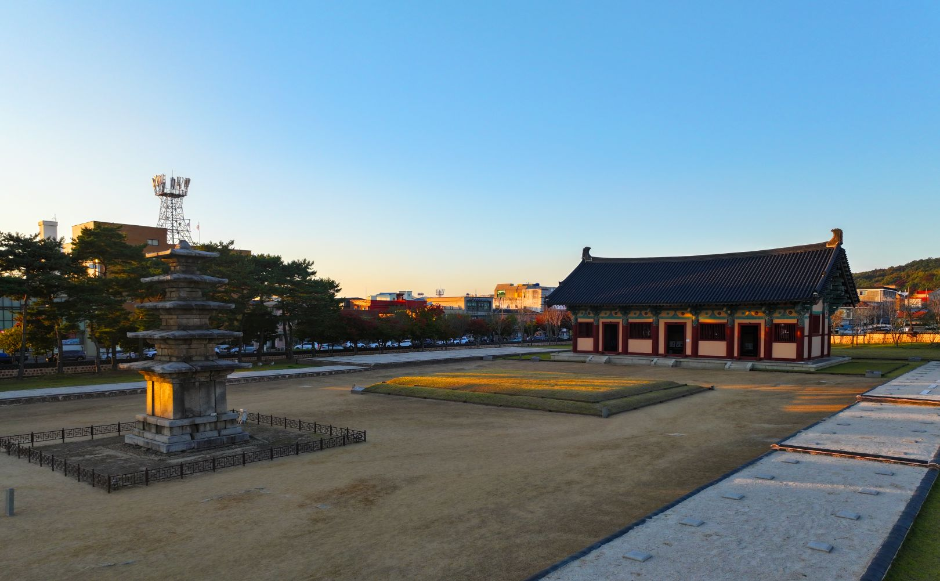

 English
English
 한국어
한국어 日本語
日本語 中文(简体)
中文(简体) Deutsch
Deutsch Français
Français Español
Español Русский
Русский